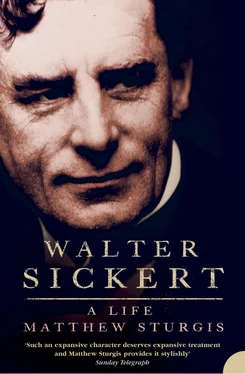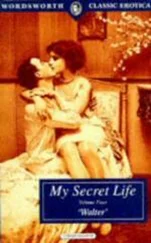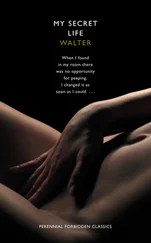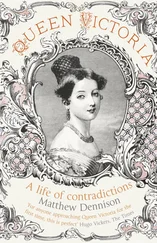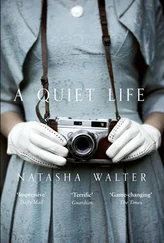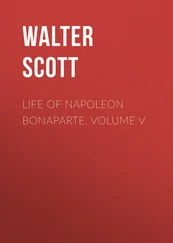Sickert, by his own rather heightened account, experienced an artistic epiphany:
To a few, a very few, these and the other [five] canvases by Whistler [on view] came as a revelation, a thing of absolute conviction, admitting of no doubt or hesitation. Here was the finger of God. The rest became mere paint. Excellent, meritorious, worthy, some of it was, but it was mere paint and canvas. Here a thin girl, now in white muslin with black bows, now in a fur jacket and hat, breathed into being without any means being apparent. She stood, startled, in those narrow frames, and stared at you, with white face and red lips, out of nowhere whence she had emerged. There was a blue sea and a sandy shore, with a man in a light grey coat – Courbet, as I afterwards learnt. There was a snow scene in London in a fog, with a draggled little figure shuffling towards a lighted window. No one who was not there can imagine the revelation which these canvases were at that time. 44
To most observers the revelation was an unwelcome one. To Millais and W. P. Frith, Whistler was a ‘a sort of Gorgon’s head’, while a critical establishment that set store by subject matter, sentiment, fine detail, and high finish, found his muted, ‘impressionistic’, often subjectless pictures all but incomprehensible. 45 Their titles – which borrowed from the vocabulary of music: ‘Nocturne’, ‘Symphony’, ‘Arrangement’ – were an affront to sense. The pictures might be ‘clever’; indeed – according to Millais – they were ‘a damned sight too clever!’ They were certainly alien, and probably dangerous. And like most ingenious alien dangers, they seemed to have their origins in modern France. Whistler, it was acknowledged, was a practitioner of something called ‘Impressionism’, although just what ‘Impressionism’ might be, most critics thought it safest not to enquire too closely: it was enough to know that it came from France and that Whistler was its sole advocate in England. He was also an advocate who demanded a hearing.
Whistler, at forty-three, was already a conspicuous figure. His distinct and dandified appearance – unruly black locks set off by a shock of white hair, Mephistophelean moustache, monocle, wasp-waisted coat, short cane, top hat and Yankee swagger – was fixed by the caricaturists. His astringent comments and sharp witticisms were reported, not infrequently by himself, in the press. His Sunday ‘breakfast’ parties, which lasted most of the afternoon, were notorious. His views on art, interior decoration, oriental porcelain, and gallery design were proclaimed with a self-assurance that often crossed the borders of arrogance. These were things not likely to put off an admiring teenager. Whistler was set up beside Keene and Irving in Sickert’s select personal pantheon.
He was a deity in need of adherents. If the Grosvenor Gallery exhibition had a profound effect on Sickert’s life, it had an even deeper one on Whistler’s. Amongst the pictures he exhibited was one – not much remarked by Sickert – called Nocturne in Black and Gold: The Falling Rocket , a small canvas of dark blue-blacks scattered – if not spattered – with points of brightness: the image of a firework display. This was the painting that so enraged Ruskin, the ageing arbiter of Victorian artistic taste: the pot of paint flung in the public’s face, for which Whistler had the ‘cockney impudence’ to be asking two hundred guineas. Whistler responded to Ruskin’s intemperate critique with a writ of libel. 46
The action drew a battle line through the British art world. Neutrality was all but impossible. Those who were not with Whistler were against him. And most people were against him. The feelings of bafflement, irritation, and scorn that Whistler’s art already engendered in the mind of the gallery-going public became intensified and took on a personal edge as the legal process advanced during 1878. When the case was heard in November, Burne-Jones and W. P. Frith both appeared against Whistler in the witness box; others spoke against him in the press, the studio, and the drawing room. Only a bold few rallied to his standard. Sickert, of course, was of their number. If he did not attend the trial, he followed its progress and lamented its conclusion: Whistler, with much shrillness and no little wit, won the verdict, but gained only a farthing’s damages, a huge legal bill, and the general disapprobation of the public. To Sickert, however, he remained a hero. And when, crowing over his nominal victory, Whistler published an annotated transcript of the proceedings, Sickert bought a copy. 47
Walter’s independent life amongst the unchaperoned worlds of the art school and the stage was the cause of some concern at home. Edith, the daughter of Hugh Carter, recalled that as a child she heard Mrs Sickert lamenting, ‘I don’t know what to do about Walter, he is so wayward’, after which pronouncement she (though only aged about five) would not let Walter hold her hand as he accompanied her and her brother to their kindergarten on his own way to school. ‘No,’ she informed him with the moral assurance of the young. ‘You worry your mother.’ 48 The main worry was Walter’s interest in girls. He had developed a crush on Edith Carter’s mother, Maria, who was barely thirty and very beautiful. Indeed he described her as his ‘first love’. And other less exalted loves seem to have followed soon after. Edith remembered one morning, while playing in the Sickerts’ garden, seeing Walter – still in his evening clothes – sneak into the house ‘by the back alley, in the most extraordinary way’. (She was told not to make any remarks about it.) 49
It was clear that Walter had begun to strain the bounds of both home and school life. At King’s College School he had certainly gained that intellectual ‘confidence’ from ‘knowing a little about something ’ which he came to regard as the goal of good schooling. At the beginning of 1878, Dr Maclear wrote to Professor Reginald Poole at the British Museum, recommending Walter for a possible post in the Coins and Medals department. 50 Mrs Sickert was very grateful for this initiative. There was a tone of real relief in her letter of thanks to Maclear for his good offices: ‘I assure you that we are very grateful to you for your kindness in helping [Walter] to what we believe to be most congenial work. We sincerely believe that [he] will show himself to be worthy of your good opinion and hope that you will continue to feel a kindly interest in him.’ 51 A job would have the double benefit of occupying Walter’s energies and relieving the Sickerts’ domestic finances.
Anne Sheepshanks, the family’s guardian angel, had died two years previously – in February 1876 – and while Mrs Sickert’s allowance was continued it was not increased. (After various bequests to Trinity College, Cambridge, and the Royal Astronomical Society, the bulk of Anne Sheepshanks’ estate had been left in trust for the support of her last surviving sibling, the recently widowed Susanna Levett. 52 ) Nevertheless, at the beginning of 1878 the Sickerts moved from their home in Notting Hill across to the other side of Hyde Park, to 12 Pembroke Gardens, Kensington. The new house – a three-storey semi-detached villa with an ‘extra wing’ – was bigger, if only slightly, than Hanover Terrace. Built just fifteen years before, with an eye to suggesting, rather than providing, a modest grandeur, the rooms were all too high for their width, and the staircases too narrow to allow two people to pass. The rent – at £90 a year – marked an increase in the family expenses, and must have made the prospect of Walter entering paid employment additionally attractive. 53
But it was not to be. Professor Poole was after a pure classicist rather than an all-round linguist. He was impressed by Sickert, however, and offered to assist him if he wished to reapply for another post at a later date. 54 Walter returned to school at the start of 1878 and ‘settled down to work in the matriculation class’. 55 He enjoyed the challenge of exams and, concentrating his energies, passed with First Class honours. 56
Читать дальше
